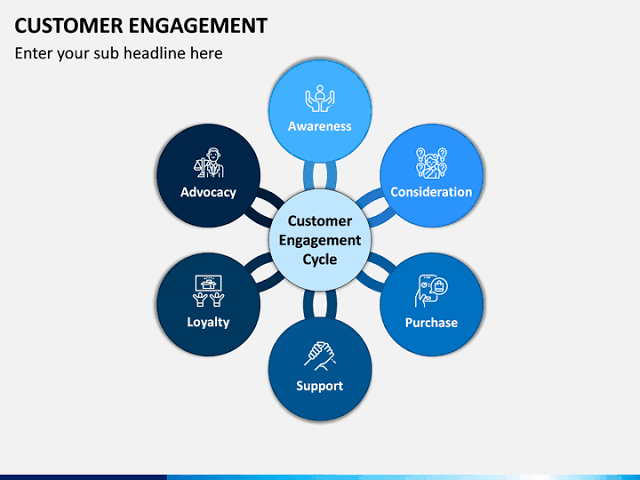
Week 2 contd.. in Insurjo'22 by @TheProductfolks
We had session by @wanderer08 on "Automating High Quality User Engagement".
Hosts: @MotwaniSuhas @adityamohanty_
#TheProductFolks #10DaysOfProdMan #Day6 #IAmTeamInsurjo #insurjo22 #product #productmanagement #Insurjodocs
We had session by @wanderer08 on "Automating High Quality User Engagement".
Hosts: @MotwaniSuhas @adityamohanty_
#TheProductFolks #10DaysOfProdMan #Day6 #IAmTeamInsurjo #insurjo22 #product #productmanagement #Insurjodocs

1) What is User Engagement & How Product Growth & Marketing affect it?
2) What are Notifications? Types?
3) Methods of User Engagement with Automation.
4) Key Takeaways.
Partners:
@Amplitude_HQ @mixpanel @Airmeet @WebEngage @Meesho_Official @gopracticeio @YourStoryCo
2) What are Notifications? Types?
3) Methods of User Engagement with Automation.
4) Key Takeaways.
Partners:
@Amplitude_HQ @mixpanel @Airmeet @WebEngage @Meesho_Official @gopracticeio @YourStoryCo
1) User engagement measures whether users find value in a product or service. It's measured by a variety or combination of activities such as downloads, clicks, shares.
- Product Marketing focus on creating pre-sale value.
- Growth marketing focus on post-sales value creation.

- Product Marketing focus on creating pre-sale value.
- Growth marketing focus on post-sales value creation.


2) Notification is a message, email, icon, or another symbol that appears when an app wants you to pay attention.
Used properly, app notifications are a great way of communicating with engaged users without the cost of sending SMS or emails.
Notification Types
- push.
- in-app.

Used properly, app notifications are a great way of communicating with engaged users without the cost of sending SMS or emails.
Notification Types
- push.
- in-app.


In-app notifications are only visible within the app while the user is engaging with it. In-app notifications do not require opt-in.
Some of the use cases of In- App Notifications,

Some of the use cases of In- App Notifications,


Push notifications on the other hand do not require the application to be open and messages are displayed on the screen of the mobile, even when the device is locked.
users have to opt-in to receiving push notifications as they can be quite obtrusive
Some of the Use cases are,

users have to opt-in to receiving push notifications as they can be quite obtrusive
Some of the Use cases are,


3) Quality over Quantity always when it's about User engagement processes.
We can achieve automation for this by following these processes.
- Data Setup.
- Triggers.
- Actions & Channels.
- Product Intervention.
We can achieve automation for this by following these processes.
- Data Setup.
- Triggers.
- Actions & Channels.
- Product Intervention.
- Data Setups is recording the key user attributes like user name / age etc.
We use events & activities for personalizing individual experience.
Catalogue & custom data helps in form of future triggers for users.
Engaged Data provides analytics & patterns user engages in app.
We use events & activities for personalizing individual experience.
Catalogue & custom data helps in form of future triggers for users.
Engaged Data provides analytics & patterns user engages in app.

- Triggers are the reasons a user engages, It's a call back to user to the product. Frequency & Timing are key.
Understanding user behaviour with ur product, can help you plan Life cycle of user. Like 30 days since subscribed.
Sending Product & Business updates to users helps.
Understanding user behaviour with ur product, can help you plan Life cycle of user. Like 30 days since subscribed.
Sending Product & Business updates to users helps.

- Actions & Channels are way to give richer content triggers in a right action & channel. (Limited products FOMOs)
Ways to achieved them
• Orchestrate Multi-Channel Engagement.
• Update user information or send a scheduled msg or series of them with delays & conditional exits.
Ways to achieved them
• Orchestrate Multi-Channel Engagement.
• Update user information or send a scheduled msg or series of them with delays & conditional exits.

- Product Intervention is needed in promoting it,
• We need to incentivise the customer experience
• Collect data like clicks, user engagement, user preferences etc before sending out personalized notification
• Understand user frequency of use to sell & design your product

• We need to incentivise the customer experience
• Collect data like clicks, user engagement, user preferences etc before sending out personalized notification
• Understand user frequency of use to sell & design your product


4) Takeaways:
- Sending push messages based on actions users take inside your app can help increase engagement & retention
- Personalization & Relevance is Key to user Engagement
- Automate as Much as possible, provide short & simple way to conveying the msgs
- Try to Avoid Spams
- Sending push messages based on actions users take inside your app can help increase engagement & retention
- Personalization & Relevance is Key to user Engagement
- Automate as Much as possible, provide short & simple way to conveying the msgs
- Try to Avoid Spams

Thanks for reading ❤️. If you liked it do follow me @namratha_bemane for more in Tech, Product, web3 & community.
Also don't forget to like, retweet, share it across 💕.
Untill next time, see you.
#content #tech #community #learning
Also don't forget to like, retweet, share it across 💕.
Untill next time, see you.
#content #tech #community #learning
• • •
Missing some Tweet in this thread? You can try to
force a refresh








